Membrane Permeability
/We have submitted a paper to biorxiv (pronounced bio archive) titled Controlling Cell- Free Gene Expression Behavior by Tuning Membrane Transport Properties. The goal of this paper was to increase the membrane permeability of vesicles to increase cell-free protein expression inside the vesicles. Previous papers have shown that ~10% of vesicles are permeable to small molecules necessary for making proteins (Figure A). We used light exposure to increase the permeability of the membranes so all the vesicles are permeable to small molecules necessary for making protein (Figure B).
Abstract
Controlled transport of molecules across boundaries for energy exchange, sensing, and communication is an essential step toward cell-like synthetic systems. This communication between the gene expression compartment and the external environment requires reaction chambers that are permeable to molecular species that influence expression. In lipid vesicle reaction chambers, species that support expression – from small ions to amino acids – may diffuse across membranes and amplify protein production. However, vesicle-to-vesicle variation in membrane permeability may lead to low total expression and high variability in this expression. We demonstrate a simple optical treatment method that greatly reduces the variability in membrane permeability. When transport across the membrane was essential for expression, this optical treatment increased mean expression level by ~6-fold and reduced expression variability by nearly two orders of magnitude. These results demonstrate membrane engineering may enable essential steps toward cell-like synthetic systems. The experimental platform described here provides a means of understanding controlled transport motifs in individual cells and groups of cells working cooperatively through cell-to-cell molecular signaling.
Figure: Engineering membranes for uniform protein production. (A) (Top) A population of vesicles where only a few vesicles are permeable to resources essential for expression (red triangles) in the outer solution and thus able to make protein (black diamonds and green background). (Bottom) The result is a highly skewed protein population distribution where most vesicles make no protein and a few make large amounts of protein. (B) A process to make more vesicles permeable to protein expression resources (Top) would result in a more uniform protein population distribution (Bottom).
The full text is here.
Patrick M. Caveney, Rosemary M. Dabbs, William T. McClintic, S. Elizabeth Norred, C. Patrick Collier, and Michael L. Simpson. Controlling Cell- Free Gene Expression Behavior by Tuning Membrane Transport Properties biorxiv 604454; doi: https://doi.org/10.1101/604454

















